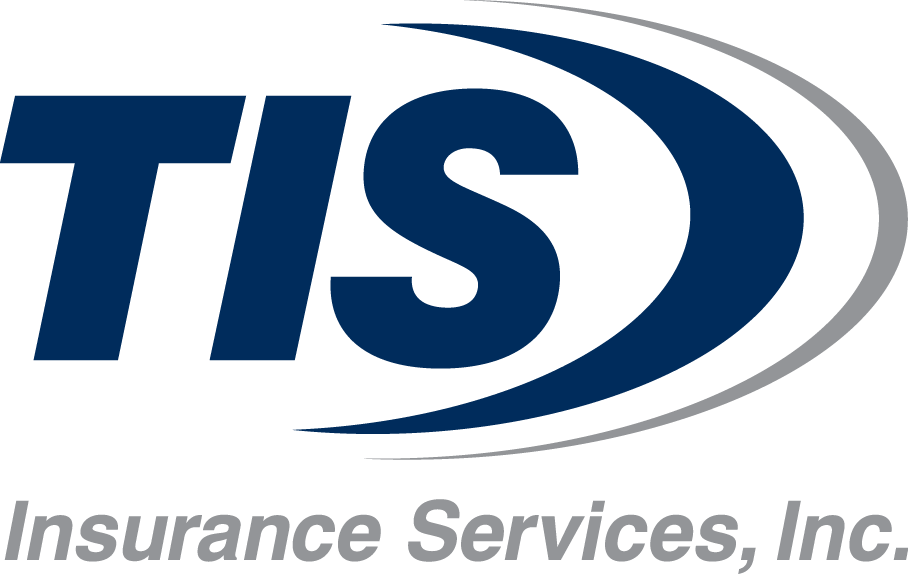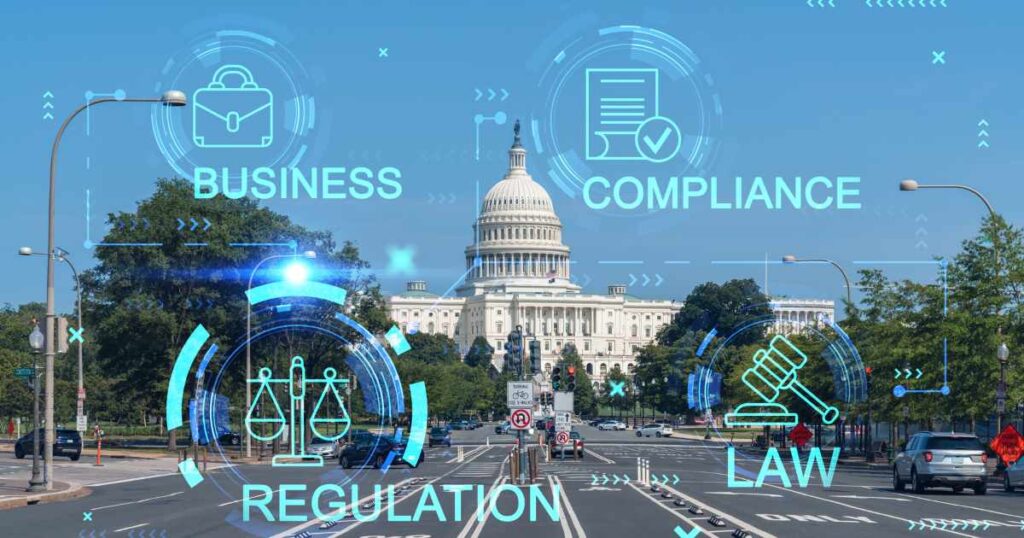The integration of technology into Human Resources (HR) processes has revolutionized the way organizations manage their workforce. HR technology promises increased efficiency, accuracy, and data-driven decision-making, from recruitment and onboarding to performance management and employee engagement.
However, despite its potential benefits, implementing HR tech can be fraught with challenges and pitfalls. Keep reading as we discuss the common HR tech traps, followed by strategies for avoiding them to ensure a smoother implementation process and maximize the value of HR technology within your organization.
#1 Lack of Clear Objectives and Strategy
Without a clear understanding of what the organization hopes to achieve with the technology, implementation efforts may lack direction and fail to deliver meaningful results.
Before selecting and implementing HR technology, take the time to define clear objectives and develop a strategic plan.
Identify key pain points and areas for improvement within HR processes, set specific goals for the technology implementation, and outline a roadmap for achieving them. Engage stakeholders from across the organization to ensure alignment with broader business objectives.
#2 Poor Vendor Selection
Choosing the right HR tech vendor can ensure implementation efforts and save time, resources, and money. Common issues include selecting a vendor with limited experience or expertise in the organization’s industry, failing to conduct thorough due diligence, and overlooking critical factors such as scalability, integration capabilities, and ongoing support.
Take a diligent approach to vendor selection, starting with a comprehensive evaluation of potential vendors based on reputation, track record, industry experience, product features, and customer references.
Involve key stakeholders in vendor selection, conduct thorough product demos and evaluations, and negotiate transparent contracts that clearly outline expectations, deliverables, and support services.
Join us on June 12, 2024, at 2:00 EST for a webinar, Selecting the Best Human Capital Management Technology Provider. For more information or to register, visit https://zoom.us/webinar/register/WN_In_1-p31SvSVkH4HXB2jUQ#/registration
#3 Insufficient Change Management
Implementing HR technology often involves significant changes to existing processes, workflows, and organizational culture. Without effective change management strategies in place, resistance to change can undermine adoption efforts, leading to low user engagement, productivity disruptions, and, ultimately, project failure.
Change management should be prioritized throughout the HR tech implementation process, starting with proactive communication and stakeholder engagement. Clearly communicate the reasons for the change, involve employees in decision-making processes, and provide training and support to help them adapt to new technologies and workflows.
Foster a culture of openness, transparency, and continuous feedback to address concerns and build buy-in from employees at all levels.
#4 Data Privacy and Security Risks
HR technology often involves collecting, storing, and processing sensitive employee data, making data privacy and security a critical concern. Failing to address data privacy regulations and cybersecurity risks adequately can expose the organization to legal liabilities, reputational damage, and loss of employee trust.
Prioritize data privacy and security from the outset of HR tech implementation by conducting thorough risk assessments, implementing robust data protection measures, and ensuring compliance with relevant regulations such as GDPR, CCPA, and HIPAA.
Work closely with IT and cybersecurity teams to implement encryption, access controls, and monitoring tools to safeguard sensitive employee information and mitigate cybersecurity threats.
#5 Inadequate Training and Support
Effective utilization of HR technology depends on the knowledge and proficiency of end-users. Inadequate training and support can result in low user adoption rates, suboptimal utilization of system capabilities, and frustration among employees.
Develop comprehensive training programs tailored to different user groups, including HR professionals, managers, and employees. Offer hands-on training sessions, user manuals, online tutorials, and ongoing support resources to help users navigate the new technology effectively.
#6 Overreliance on Technology
While HR technology can streamline processes and enhance efficiency, it’s essential to balance automation and human interaction. Overreliance on technology can lead to depersonalization of HR processes, erode employee trust, and diminish the human touch necessary for building strong relationships and fostering a positive organizational culture.
Our experienced Technology Consulting and Human Capital Management team recommends using technology as a tool to augment, rather than replace, human interaction and decision-making.
Maintain open lines of communication between HR professionals and employees and use technology to facilitate meaningful interactions, provide personalized support, and enhance employee engagement.
Balance automation with opportunities for human intervention and empathy, particularly in areas such as employee relations, performance management, and talent development, to maximize the benefits of new HR technologies and drive positive outcomes for employees and the business.






